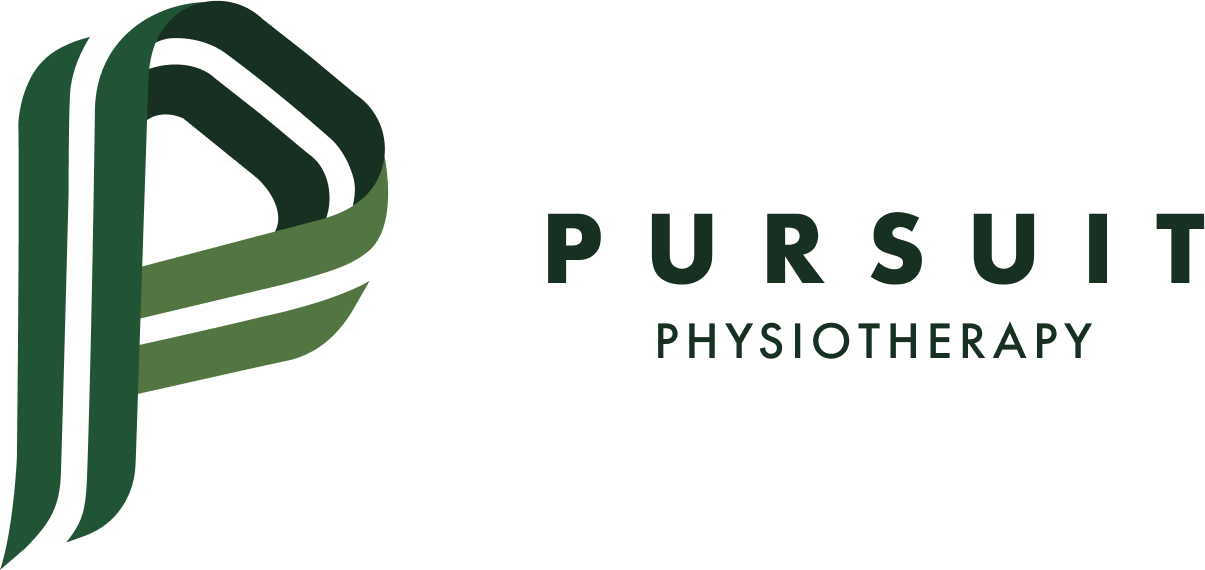Green Therapy: The Healing Power of Plants in Clinics
In physiotherapy, where the focus is on the patient’s pain, and restoring optimal function, there is a tendency for a myopic view on rehabilitation. While the greatest attention should be given on providing a quality assessment and intervention, the environment where the treatment takes placed should be given consideration.
The spaces where patients receive treatment can greatly impact their overall experience and outcomes. Traditionally, physiotherapy clinics have been designed with functionality and efficiency in mind, often featuring sterile, clinical environments. In recent years, there has been an increasing awareness of how the clinic aesthetic can influence both the appeal of the clinic to prospective patients as well as a person’s affect while in the space. Furthermore, recent research suggests that integrating greenery into these spaces can have profound benefits for both patients and practitioners alike.
Imagine walking into a physiotherapy clinic in Victoria BC and being greeted not only by the friendly faces of the staff but also by a vibrant display of greenery. It's a far cry from the sterile, clinical environments typically associated with medical facilities, and yet, it instills a greater sense of comfort and peace.
But what is it about indoor plants that makes them so beneficial in a physiotherapy setting? Let's delve into the science behind the therapeutic benefits of greenery in healthcare environments.
Stress Reduction and Psychological Well-being
One of the most well-documented benefits of indoor plants is their ability to reduce stress and improve psychological well-being. In a study conducted by Dijkstra, Pieterse, and Pruyn (2008), researchers examined the stress-reducing effects of indoor plants in hospital rooms. Their findings revealed that indoor plants not only increase the space’sperceived attractiveness but also reduce stress levels among patients and healthcare workers. This is particularly relevant in physiotherapy clinics, where patients may be grappling with pain, anxiety, and frustration as they undergo rehabilitation.
Moreover, a critical review of the experimental literature by Bringslimark, Hartig, and Patil (2009) highlighted the psychological benefits of indoor plants, including enhanced pain management, improved mood, and reduced physical discomfort. Where this may play the most significant role is in the initial visit. It is during this first appointment where patient’s are likely to be in the greatest state of distress. By positively influencing their mood and pain reports, a greater therapeutic alliance between clinician and patient can be established enabling the clinician to conduct a more thorough assessment.
But the benefits of indoor plants extend beyond psychological well-being. They also play a crucial role in improving indoor air quality, which is particularly relevant in physiotherapy clinics where respiratory health is paramount.
Improving Indoor Air Quality in CLINICS
As highlighted by Moya, Dobbelsteen, Ottele, and Bluyssen (2018), indoor plants have the ability to remove pollutants such as volatile organic compounds from the air, thereby creating a healthier and more conducive space for healing. By purifying the air and increasing oxygen levels, indoor plants contribute to a cleaner, more breathable environment for patients and practitioners alike. This is especially important in physiotherapy clinics, where patients may have compromised respiratory function due to injury or illness.
Moreover, certain plants have been shown to have enhanced phytoremediation capacity, meaning they can actively remove pollutants from the air. This has important implications for physiotherapy clinics seeking to create a healing environment that supports the respiratory health of their patients.
So what types of plants are best suited for physiotherapy clinics? According to the NASA Clean Air Study, certain plants have been found to be particularly effective at removing indoor air pollutants and improving air quality. These include species such as spider plants, peace lilies, and snake plants, which are not only beautiful to look at but also offer tangible health benefits for patients and staff alike.
Cognitive Function and Productivity
In addition to improving air quality and reducing stress, indoor plants have been shown to positively impact cognitive function and productivity. A systematic review by Han, Ruan, and Liao (2022) examined the effects of indoor plants on human functions and found that plants can significantly benefit participants' academic achievement and cognitive performance. This has important implications for clinics, where patients undergo significant cognitive demand as they learn about the mechanisms and undying causes of their injury or are challenged with new motor skills. By creating a space that is conducive to concentration and focus, indoor plants can enhance the effectiveness of therapeutic interventions and support patients in reaching their rehabilitation goals.
The Healing Power of Nature
But perhaps the most profound benefit of indoor plants in physiotherapy clinics is their ability to connect us to nature, even in the most artificial of environments. As noted by Han and Ruan (2019), indoor plants increase positive emotions and reduce negative feelings, creating a sense of calm and well-being among those who interact with them. In urban environments, it can be easy to distance ourselves with the greater environment. Providing greenery within a clinical space serves to remind our community of our role as stewards of the planet.
In conclusion, the integration of indoor plants into physiotherapy clinics holds great promise for enhancing the healing experience for patients and practitioners alike. From reducing stress and anxiety to improving air quality and cognitive function, the therapeutic benefits of greenery are clear. By creating a space that is both healing and nurturing, physiotherapy clinics can empower patients on their journey toward recovery and well-being.


